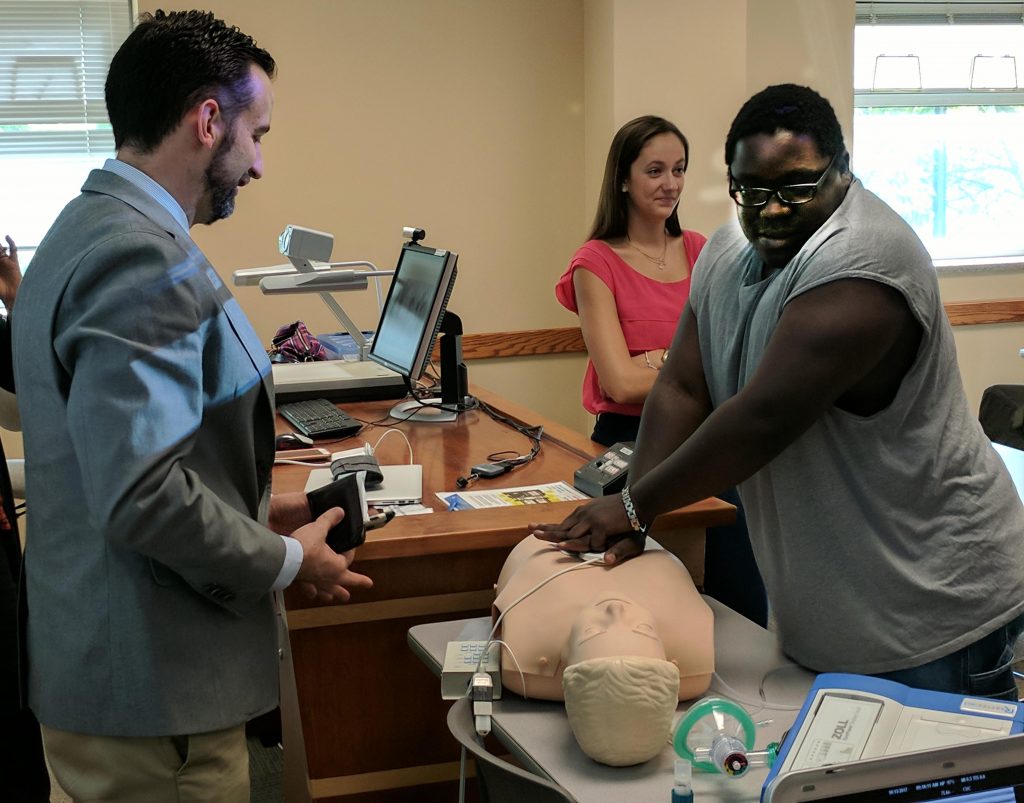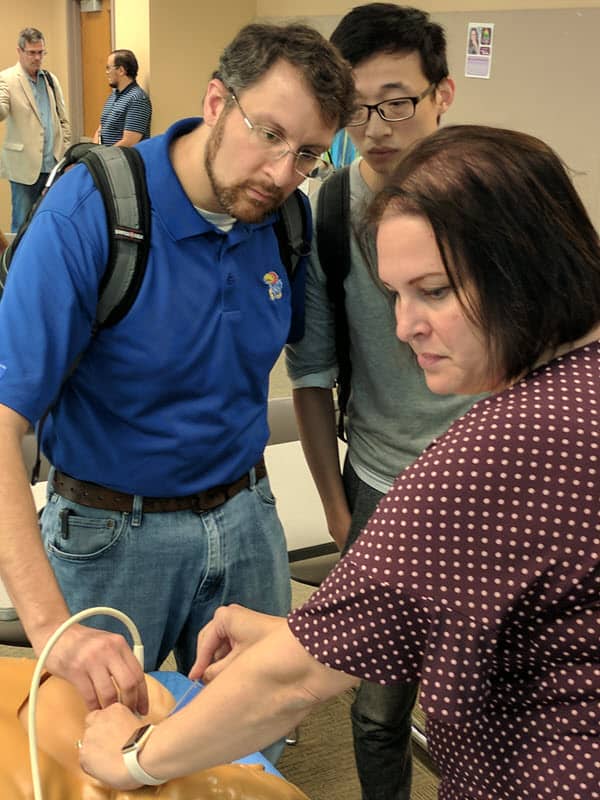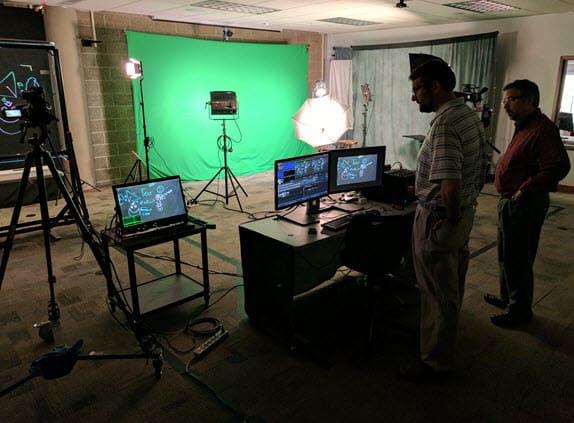By Doug Ward
A provision in the tax bill passed by the U.S. House of Representatives on Thursday has the potential to upend graduate education.
The bill would force graduate students to pay taxes on tuition waivers they routinely receive as part of their appointments. That would raise the cost of graduate education substantially and could easily drive away potential students.
Erin Rousseau, a graduate student at the Massachusetts Institute of Technology, estimated that she would pay an additional $10,000 in taxes if the House bill became law. The cost would certainly be lower for students at a public university like KU, but a change in the tax law would add a few thousand dollars a year in expenses. Low pay and the costs of insurance, health care and housing already make graduate education a struggle for many students. Additional costs could certainly put graduate education out of reach for many others.
In a column in The New York Times, Rousseau wrote:
“It would make meeting living expenses nearly impossible, barring all but the wealthiest students from pursuing a Ph.D.”
The number of graduate students at public universities grew 17 percent between 2000 and 2010 but has remained relatively unchanged since then, according the National Center for Education Statistics. That could easily change, though, if the cost of degrees becomes too burdensome.
American students are already shying away from graduate degrees in STEM fields, largely because they can get good jobs with just a bachelor’s degree, The Times reports. International students have filled the void, but immigration restrictions and the political storm surrounding them have created unease among international graduate students and pushed many of them away.
The House tax plan could be yet another blow to graduate education. Let’s hope that more a thoughtful plan prevails as the Senate debates tax legislation.
Another challenge to education in Wisconsin
Wisconsin continued its throttling of higher education last week as the state’s regents voted to merge the state’s 13 two-year colleges with its seven universities, the Wisconsin State Journal reports. The change will take place in the summer.
Under the plan, the two-year colleges will become branches of the universities, although students will continue to pay lower tuition rates at the two-year institutions. The regents said the plan would save money and would eventually result in job cuts, though they provided no specifics. The regents president, Ray Cross, said the initiative was not “a fully developed plan with all the details worked out,” according to the State Journal.
The regents pushed the plan forward with little consultation of the colleges or universities involved. Seven former college leaders implored the regents to reconsider the plan, saying it was being shoved through so hastily that the ramifications had not been considered. They expressed concern about the financial model – or lack of one – and said the plan could threaten the future of the two-year colleges. Two experts interviewed by the State Journal said the move was a politically inspired plan to consolidate a top-down power structure.
The consolidation vote was the latest move in a political battle that has left the university system severely diminished. The Wisconsin governor and legislature have been at odds with the universities for years, weakening tenure, cutting funding, and even restricting protests on campus.
Education Dive, a publication that reports on higher education, said the actions in Wisconsin should be a warning to other states. “Letting lawmakers know that a lack of stability could have a potentially negative long-term impact on enrollment rates, making it harder for the system to thrive, is key,” Education Dive says.
That’s a roundabout way of saying that other university systems could be brought to their knees as easily as Wisconsin’s has.
Doug Ward is the associate director of the Center for Teaching Excellence and an associate professor of journalism. You can follow him on Twitter @kuediting.




Recent Comments